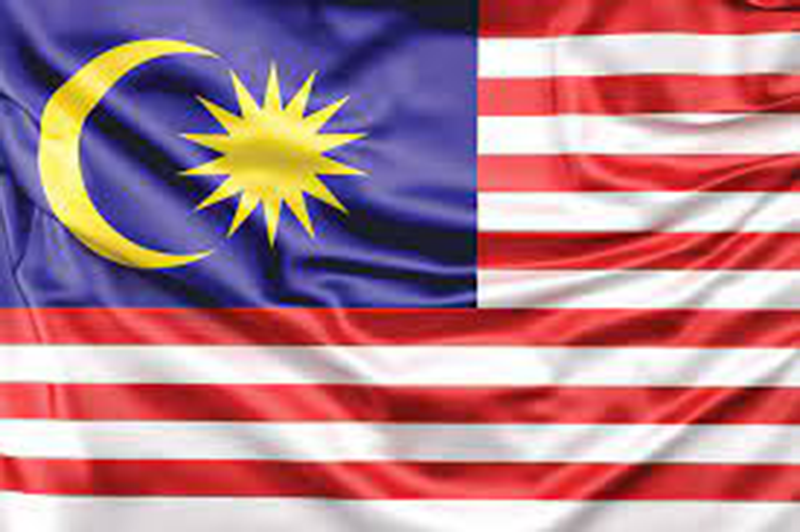
Australia-ASEAN relations have transformed since 1974, when Australia became ASEAN’s first dialogue partner. Southeast Asia has become much stronger economically and an increasing number of wealthy countries now compete for ASEAN’s attention. Also, the regional and geopolitical environment has changed radically: the re-emergence of China is the most prominent, but by no means the only, driver of change.
Some in Southeast Asia are asking whether Australia has the capacity to change with the times and move from the anglosphere to Asia? On present evidence, I think not. I believe that fundamentally, Australia will continue to seek security from Asia, and not security in Asia.
There is a fundamental difference in Malaysia’s and Australia’s security philosophies. Malaysia’s philosophy is one that I have called ‘Strategic Embedment’—to integrate ourselves as deeply as possible with as many regional initiatives as possible in order not only to develop close links with partner countries within the region but to achieve maximum strategic space by working with others to influence the regional strategic environment. This philosophy aminates Malaysia’s desire to always be at the heart of ASEAN, including to be involved in sub-regional organisations, strategic partnerships or even initiatives such as the Malaysia–China Community for a Shared Future.
Our philosophy is borne out of the realisation that, as a small country which is a rule-taker, our only hope at rulemaking is to band together with like-minded countries. In the end, of course, we are all alone—but we cannot afford to be.
Australia also aims to achieve maximum strategic space by working with others to influence the regional strategic environment. However, Australia’s preference is to work with countries outside of Asia, especially, again, the anglosphere. This is expressed in Australia’s involvement in AUKUS and the Five Eyes arrangement, as well as in declarations by Australian leaders that Australia is ‘joined at the hip’ with the US and that AUKUS is a ‘forever partnership’. This is not to assert that Australia works with the anglosphere alone to the exclusion of anyone else. That is patently not true: after all, ASEAN–Australia security relations, and the Five Power Defence Arrangements (FPDA) are productive, constructive and meaningful. The preponderance of measures to ensure Australian security, however, involve those from outside the region.
Whether this posture is tenable is a matter for Australian evaluation. But allow me to make three points.
First, the strain of isolationism in the US is now very real. It relates to structural challenges within the US itself; mainly, but not confined to, the decimation of its middle class. For our region to be greatly affected would require not an outright victory of the isolationist camp but only the mainstream of the US body politic feeling compelled to respond in a significant way. I am in no way arguing that the US will withdraw entirely from our region, nor do I advocate it. I have always firmly believed that active US involvement here is essential for our socioeconomic progress. However, one can imagine a time when the US and its allies will no longer either undergird or underwrite the international strategic order; after all, that was the situation before the Second World War.
Secondly, the reemergence of China is merely the tip of the iceberg of a much larger phenomenon, which is the Rise of the Rest, or the Global South, when (to quote Nehru) ‘…the soul of a nation, long suppressed, finds utterance’. Why has this occurred? Rising incomes is one reason. More importantly, the myth that there is only one, Western model, to achieve socio-economic progress has been broken. China’s rise has proven this. This is not to say that the developing world will adopt the Chinese model; the former is too diverse and the latter too unique. But there are lessons to be learnt, nonetheless. Given the sea change in attitudes in the Global South, those who harp on Western values should stop. If the hole is getting deeper, then stop digging.
This change in strategic outlook is not well understood in the West. This explains why the West has been surprised by the Global South’s subdued reaction to the conflict in Ukraine and its vehemence towards Israel’s genocidal measures in Gaza. If the West is still unable to understand or internalise this phenomenon, all I can do is quote Bette Davis’s line in the 1950 film, ‘All About Eve’: ‘Fasten your seatbelts; it’s going to be a bumpy ride.’
The third point I wish to make concerns ASEAN. ‘Southeast Asia’ is itself a recent concept, a radical reimagining of the region. It is not like Europe, with borders—Ireland in the West and the Urals in the East—long known, and sharing a common history as part of Res Publica Christiana. Today, ASEAN countries are engaged in three distinct, but interrelated historical processes—nation-building; regional integration; and positioning in a fluid, and more competitive, global economic environment.
ASEAN’s challenge is not only to ensure that it is at the centre of the Asia-Pacific’s regional architecture but also to ensure that the ASEAN radius—the range of issues that are relevant to ASEAN and that are brought to and resolved at the ASEAN table—expands as much as possible. ASEAN’s centrality is not yet in the natural order of things. The radius is not as large as some imagine.
I believe that it is in the context of strengthening ASEAN centrality—in expanding the radius—that both our countries have an important role to play in paving the way for regional geostrategic resilience—Malaysia as a founding member of ASEAN and chair in 2025, and Australia as ASEAN’s first dialogue partner.